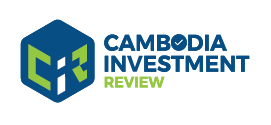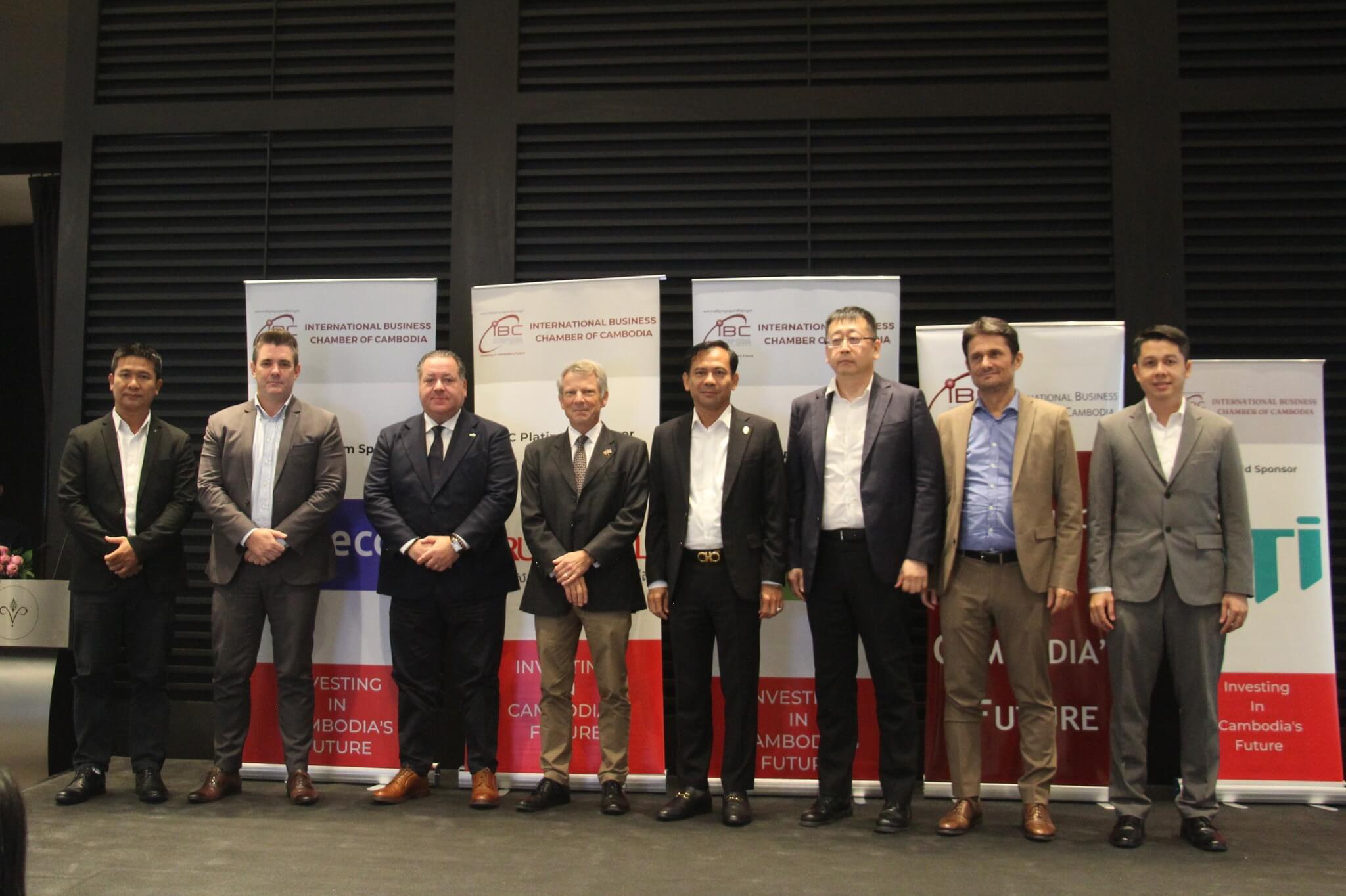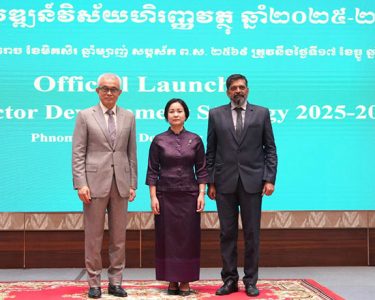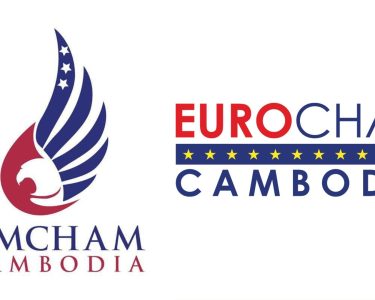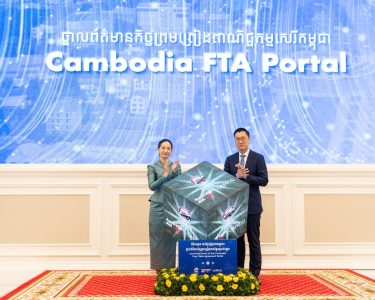Cambodia Investment Review
As Cambodia navigates an increasingly complex regional and global economic landscape, four prominent business leaders gathered on July 2, 2025, at the Rosewood Phnom Penh to deliver their expert insights at the International Business Chamber (IBC) 6-Month Industry Review and Outlook. The session—part one of a series featuring eight of Cambodia’s top industry figures—offered a frank assessment of macroeconomic shifts and market opportunities across the Kingdom’s core economic pillars.
Read More: IBC ‘Industry Views and Outlook for 2025’: An Overview of 9 Major Sectors in Cambodia (Part 1) and IBC ‘Industry Views and Outlook for 2025’: An Overview of 9 Major Sectors in Cambodia (Part 2)
Real Estate: Prices Remain Soft Amid Uncertainty
Ross Wheble, Country Head of Knight Frank Cambodia, opened the session with a candid review of the real estate market. Despite mid-term fundamentals remaining positive, Wheble highlighted that investor sentiment has deteriorated due to macroeconomic and geopolitical pressures—including the impact of U.S. tariffs and Thailand border closures.
“Condo prices are down approximately 30–40% since 2020,” he noted, adding that while housing sales are sluggish, project-specific opportunities still exist. Office occupancy has rebounded slightly, but rents are under pressure due to upcoming oversupply.
Key headwinds include:
- Slowed GDP growth tied to cross-border trade disruptions
- Rising investor caution, triggering a ‘wait-and-see’ dynamic
- Overhang of unsold inventory in the condominium segment
Still, Wheble underscored opportunities in affordable housing and buy-side value plays. “There is still a tenant-favourable market, and areas like agriculture-linked FDI and tourism zone development continue to gain momentum,” he said.
Read More: Mekong Strategic Capital: Cambodia’s 2025 Outlook Shows Strong Start but Risks Loom Large

Energy: EV Growth and Renewables Expansion
Frantz Vaganay, Managing Partner of SEVEA, shifted the focus to Cambodia’s energy sector, citing strong momentum in both renewables and electric mobility. As of April 2025, over 6,700 electric vehicles (EVs) had been registered, with the government targeting 770,000 EVs by 2030.
The country’s energy mix now stands at 61% renewables, led by hydropower (41%), solar (19%), and biomass (1%), with fossil fuels making up the remaining 39%. Solar’s share nearly doubled between 2023 and 2024. Meanwhile, over 99% of villages are now electrified. To foster Cambodia’s energy independence, 23 new energy investments worth USD 5.79 billion have been approved by the Council of Ministers. Additionally, Cambodia has launched construction of a 900 megawatts gas-fired power plant in Koh Kong province, a 1.34-billion-dollar project, led by Royal Group.
Concerning regulations, Key regulatory updates (2025):
- Introduction of a compensation fee for rooftop solar (RTS) users: from $0.03 to $0.06 per kWh generated.
- New Prakas establishing a Renewable Energy Certificate (REC) mechanism.
Emerging opportunities:
- Solar and battery storage (BESS) projects
- Green skills development
- Long-term innovations in hydrogen and waste-to-energy
Read More: Avis Cambodia by A.V.R Sign MoU with WOWNOW for Electric Vehicle Collaboration

Logistics: Infrastructure and Digital Lag Remain
Oknha Dr. Chanthy Sin, Vice President of the Cambodia Logistics Association and Managing Director of Linehaul Express, provided an update on Cambodia’s rapidly evolving logistics sector. While the market is expected to grow from USD 1.9 billion in 2024 to USD 2.6 billion by 2032, Dr. Sin emphasized persistent bottlenecks.
Roadblocks remain:
- Border closures with Thailand have led to increased transport costs and delays.
- Cold storage and rail infrastructure are limited and underutilized.
- Digital adoption remains low, with few logistics firms using automated systems or digital platforms.
- Weather risks including floods and storms continue to disrupt key routes, especially in low-lying regions.
“Border closures and delays from Thailand are driving up transport costs, and digital transformation is still limited,” he noted. Key issues include overused road networks, weak cold storage infrastructure, and low tech adoption.
Still, optimism remains. E-commerce growth, new FTAs, and 174 government-backed projects worth USD 36.6 billion provide ample upside. Strategic trade positioning near Vietnam, Laos, and Thailand further boosts Cambodia’s regional logistics appeal.
Read More: Opinion: Impact of a 36% US Tariff on Cambodian Exports – A Comparative Analysis

Finance & Banking: Liquidity Stable, But Lending Softens
Rounding out the first session, Sophoan Rath, Chairman of the Association of Banks in Cambodia (ABC), spoke on the financial sector’s performance amid global and regional volatility.
“Deposit growth remains steady at 4.78%, driven by CASA inflows hitting $1.96 billion,” said Rath. However, loan growth dipped slightly in Q1 2025, reflecting caution in the lending environment and demand.
With excess liquidity, banks had been on a downtrend pricing for both deposits and loans, especially the mortgages with narrowed margins. Moreover, the shift to digital is accelerating, with fewer customers visiting physical branches and higher reliance on mobile apps and online services. High NPL remains no.1 challenge for the banking industry, however, there are some bright spots.
Top sectoral opportunities include:
- Sustainable financing
- Manufacturing & production, especially for domestic consumption and agriculture
- Digital transformation in payments & ecosystem
- Education and healthcare
“Digital partnerships and ecosystem integration will be key to unlocking efficiencies,” Rath concluded.

Part two of the IBC 6-Month Industry Review and Outlook will feature additional industry leaders. The event series, sponsored by Ezecom, Prudential, Wing Bank, and JTI, serves as a key barometer for private sector expectations in Cambodia heading into the second half of 2025.
